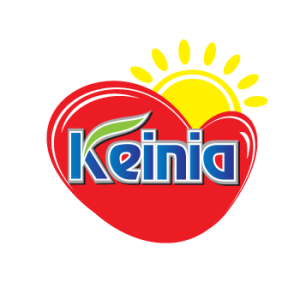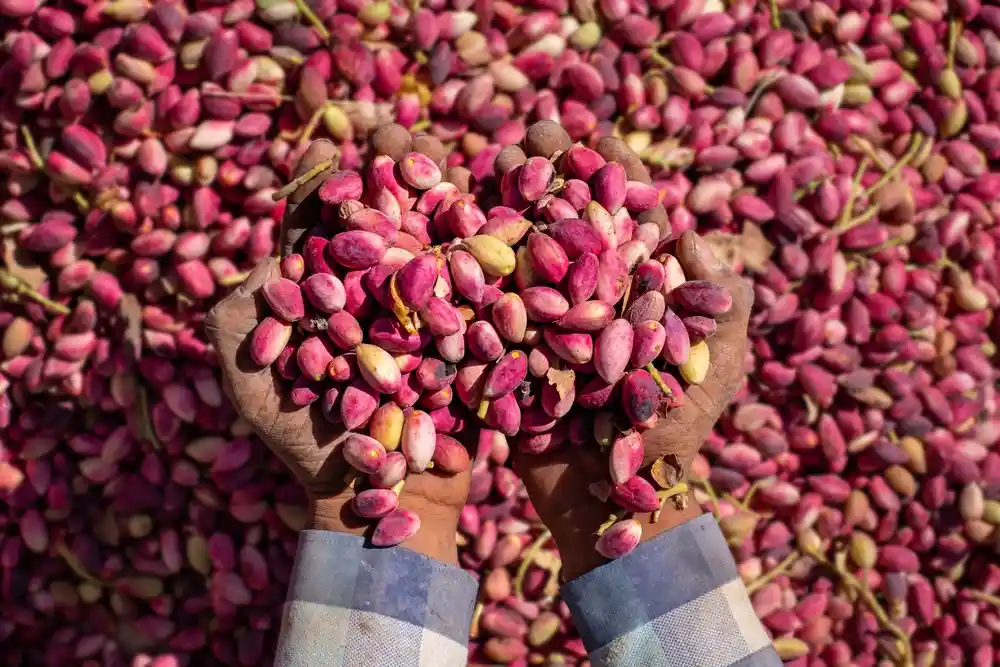World’s Top Pistachio Producers: Where Does Iran Stand?
The United States, Iran, and Turkey are recognized as the top three pistachio-producing powers globally, collectively accounting for 97% of the world’s production. Pistachios, known as one of the most popular and nutritious nuts, boast a unique flavor and color. Originating from Central Asia, pistachios have been widely used in various foods and desserts. For years, Iran was the world’s leading pistachio exporter.
According to Rooziato, pistachio cultivation has now spread across many countries, with the United States currently holding the top spot in global production. The United States, Iran, and Turkey not only lead in production but also in exporting, with the United States significantly outpacing the other two. With an estimated annual production of 523,900 tons, the United States has become the largest pistachio producer worldwide. The pistachio industry in the U.S. began to develop significantly in the 1970s, thanks to new irrigation systems, with California, Arizona, and New Mexico being the main producing areas.
The pistachio industry has become competitive due to increasing consumption rates, prompting countries with suitable cultivation conditions to establish new pistachio orchards. In addition to these top-producing countries, Syria, Greece, and some European countries like Italy and Spain have also engaged in pistachio cultivation. However, their production levels are not sufficient even to meet their domestic needs, necessitating imports primarily from the United States and Iran.
Jalil Karbakhsh Ravari, Vice President of the Iran National Pistachio Association, attributed the lower yield and productivity of Iranian pistachio orchards compared to those in the United States to performance per hectare, stating a significant difference in yield rates. He identified various challenges facing the Iranian pistachio industry, including decreased rainfall, ongoing drought, water resource scarcity, declining groundwater levels, poor water quality, lack of modern technology use, issues in plant nutrition, decreased use of quality inputs like pesticides, fertilizers, and micronutrients, and fragmented ownership due to inheritance laws, which contrasts with the United States where orchards are managed under consolidated operations.
Iran remains a top producer in commodities like pistachios, saffron, and dates. According to FAO global statistics, Iran ranks among the top seven countries in the production of 22 key agricultural products, including pistachios, saffron, and dates.
Experts discussed at a scientific-specialized meeting of the Research Center for Development and Futurology that water, soil, and climate are unevenly distributed worldwide, with attention to extraterritorial agriculture increasing since the 1980s. Iran has also focused on this area, with the Ministry of Jihad Agriculture initiating studies on extraterritorial agriculture’s history, challenges, and obstacles, leading to regulations that were approved by the government.
In conclusion, the global pistachio market is not only a testament to the agricultural capabilities of leading nations like the United States and Iran but also highlights the challenges and opportunities within the sector, including the need for technological advancements, sustainable water management, and strategic international investments to secure food security and economic growth.
Subscribe Now! Stay Up-to-Date on Nuts and Dried Fruits News, FMCG Industry Trends, and Exclusive Offers by Keinia.


